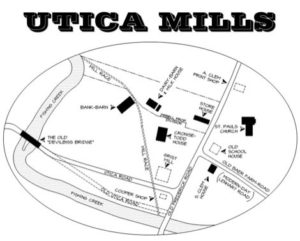On Tuesday, August 18, 2020, the bridge on Biggs Ford Road over the Monocacy River will be dedicated in memory of Sgt. Kenneth L. Krom who was killed in Vietnam on August 18, 1968. He lived on Sixes Bridge Road and graduated from Emmitsburg High School. Many of his friends are still in the Emmitsburg area. The Emmitsburg Legion and VFW will be presenting and retiring the colors at the dedication.
The dedication will be held at the Walkersville Volunteer Fire Company on Frederick Street in Walkersville at 10:00 a.m. All are welcome as we celebrate, remember, and give thanks to one who has given the ultimate sacrifice while serving his country.

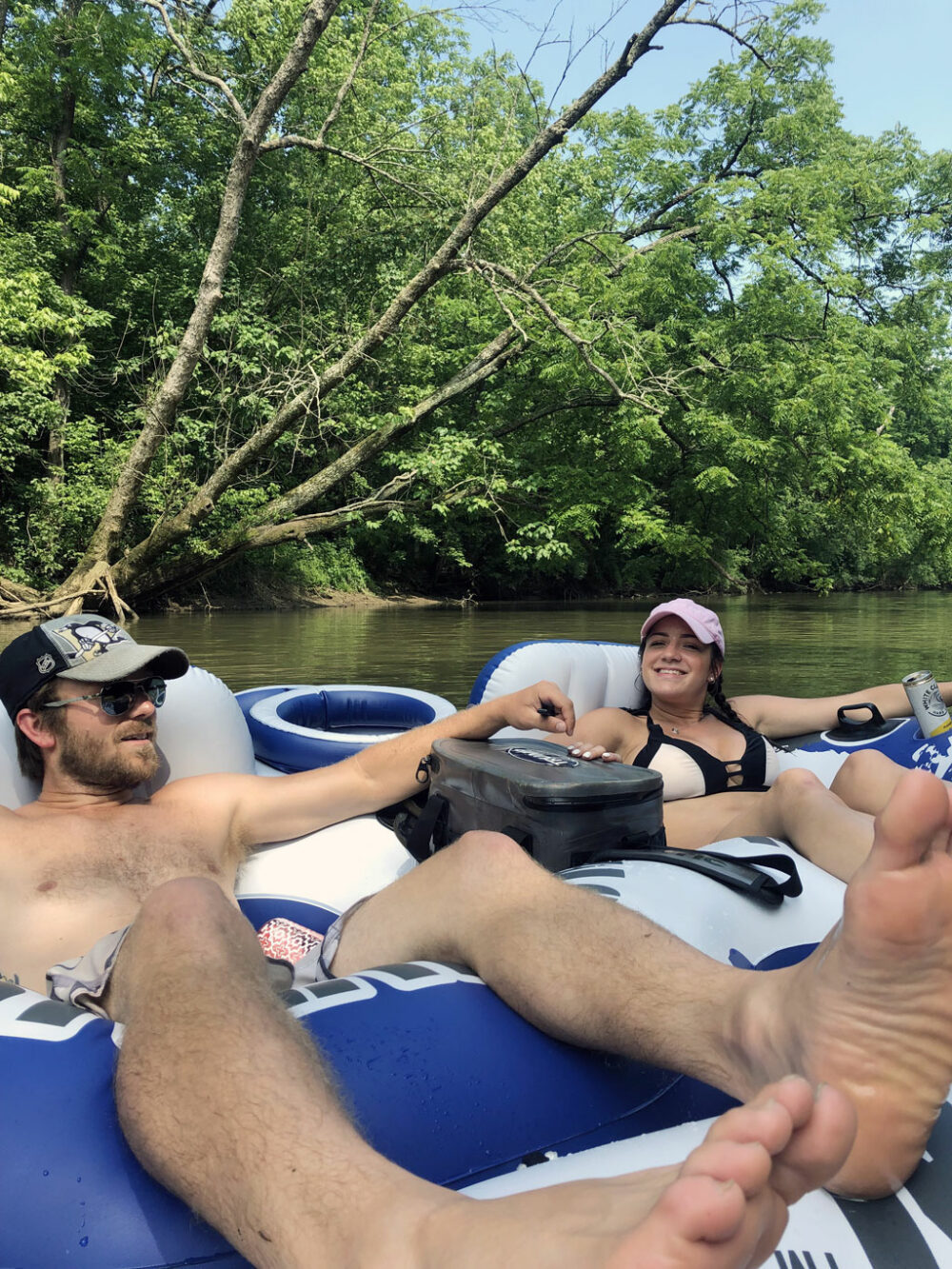


 November 29, 2004, was Army Specialist Erik Hayes last day alive. He didn’t know it. The decorated soldier had just turned twenty-four a couple of weeks earlier, and was a young man with dreams. He wanted to attend college and become a veterinarian; but most of all, he wanted to return home to his family.
November 29, 2004, was Army Specialist Erik Hayes last day alive. He didn’t know it. The decorated soldier had just turned twenty-four a couple of weeks earlier, and was a young man with dreams. He wanted to attend college and become a veterinarian; but most of all, he wanted to return home to his family.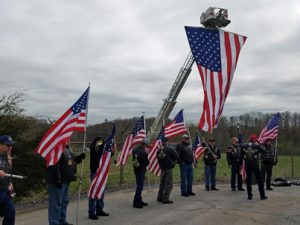 More than one hundred people were at the State Highway Administration building, where Maryland 140 crosses the Monocacy, to take part in the dedication of the bridge sign for the nearby bridge in honor of Hayes. The sign that would be installed at the beginning of the bridge was unveiled, and Hayes’ parents were given miniature versions that they could keep with them.
More than one hundred people were at the State Highway Administration building, where Maryland 140 crosses the Monocacy, to take part in the dedication of the bridge sign for the nearby bridge in honor of Hayes. The sign that would be installed at the beginning of the bridge was unveiled, and Hayes’ parents were given miniature versions that they could keep with them.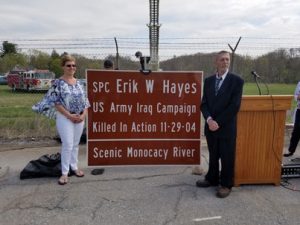
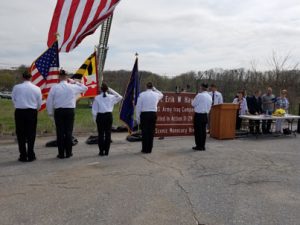
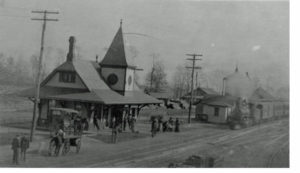 Thurmont’s stop on the Western Maryland Railway makes up only a paragraph in the history of the railroad. For Thurmont, however, it was a major event that not only helped shape the town’s future but also gave it its unique name.
Thurmont’s stop on the Western Maryland Railway makes up only a paragraph in the history of the railroad. For Thurmont, however, it was a major event that not only helped shape the town’s future but also gave it its unique name.